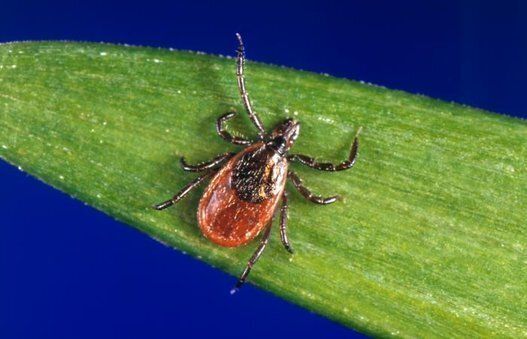
Warmer weather means more of us are spending our time outdoors, but this also requires some extra precautions when it comes to Lyme disease and ticks.
Lyme disease is an illness caused by a bite from an infected blacklegged tick. These ticks are usually found in forests and overgrown wooded areas and open spaces, Health Canada notes. But because tick populations are expanding across the country, they can be found outside those higher-risk areas as well. The risk of contracting Lyme disease increases as the weather gets warmer — however, ticks can remain active during a mild winter with minimal snowfall.
And while most people are treated by the standard course of antibiotics given for Lyme disease, some may experience continuing symptoms and require a longer course of treatment.
“We’re trying to get a better understanding of why some people get those continued symptoms,” says Dr. David Patrick, an infectious disease specialist at the University of British Columbia.
It could be that there is a difference in the immune response to the organism for some people, Patrick says, that leads to more severe or longer-lasting symptoms.
Here are the 11 things you need to know about Lyme disease, from assessing your local risk level to preventing tick bites and what to do if you’ve been bitten this summer.
